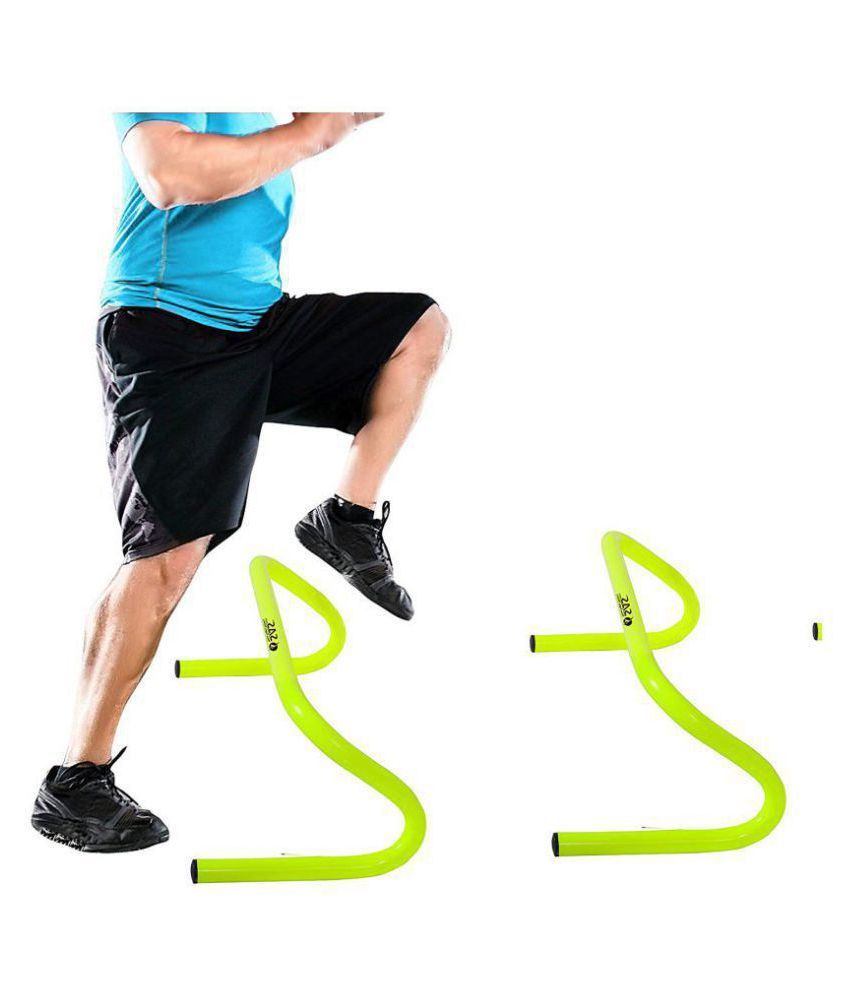ACL Rehab Rules
In the world of athletics, ACL injuries are an awful reality. It is more crucial than ever for rehab professionals to keep knowledgeable and provide good therapy since their prevalence shows no indications of declining. I’ve put up a list of significant “Do’s” and “Don’ts” for ACL rehab to assist you, which I believe will enhance your clinical practise. Now let’s discuss them!
Things to Do:
⇒ “Listen”
If your patient develops discomfort and swelling after making exercise progress, it may be a good idea to stop, particularly if they are doing any impact loading. Neglecting this knee input might hinder early ACL rehab attempts to increase range of motion and quadriceps activation.
⇒Leg extensions should be used to isolate the quadriceps.
Do not be afraid of the leg extension machine, particularly after two to three months. In complex exercises like squats, lunges, and leg presses, other muscles (such the glutes and adductors) may make up for weak quadriceps. Quadriceps strength is essential for ACL rehabilitation. In split squats and single leg leg presses, a patient has equal strength on both sides, but when you put them on the leg extension machine, a 20% deficit between the sides is evident! Therefore, because there is nowhere for the quads to hide during this exercise, I would suggest employing leg extensions.
⇒The saying “Run before you run”
It’s vital to add some low level effect loading before starting to run again. This aids in both psychologically preparing the patient for running as well as preparing the knee to withstand the impact load from jogging. For this, low-intensity plyometric exercises like tall-to-shorts and pogos work well, as do running exercises like wall drills, A-marches, and A-skips. If you practise these for a few weeks before to your first run, not only will your patient go faster and more confidently, but they will also be less likely to have post-run soreness.

Image: Google
⇒Carry out suitable strength training
ACL rehabilitation after three months should basically resemble an advanced strength and conditioning regimen! Get your patients strong, focusing on their calves, glutes, hamstrings, and quads. Mid-late stage rehabilitation should always include heavy loading (for example, 4-6 RMs). Strengthening your patient will go a long way towards lowering their chance of re-injury and ensuring they return to their sport at full power when they do.
⇒Test the return to play system.
According to several studies, patients who pass return to play exams are less likely than those who fail to do so to re-injure their ACL. Patients must at the very least have > 90% LSI on tests of hop performance (single, triple, crossover, and 6 m timed hop), as well as > 90% LSI on tests of quadriceps and hamstring strength.
Things to avoid:
⇒Accelerate the patient’s operation.
Patients should strongly consider a period of non-surgical care for 3-6 months if there is no substantial meniscal degeneration that requires surgery, then reevaluate the necessity for surgery. Many individuals with torn ACLs may become “copers” with systematic, planned rehab, which means they can function normally without an ACL. In certain cases, the ACL may even recover on its own. Surgery is always a possibility if your patient still exhibits instability after attempting non-surgical treatment!
⇒Depending just on time, start running again after three months.
Performance-based criteria, not time-based criteria, should be used largely to choose whether to start running again. Before starting a running programme again, your patient should be able to cross off the following items: complete (95%+) range of motion, little or no discomfort or swelling, >70% LSI for quadriceps and hamstrings strength, and at least a few weeks of ‘running before you run’ exercises as described above.
⇒Without engaging in any reactive agility exercises, resume training
This content is private. please select our membership plan to unlock the private content features.
Click here
And unlock the content.



